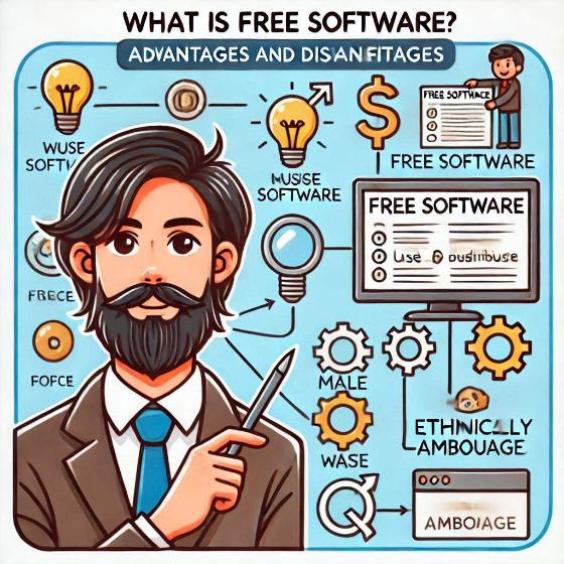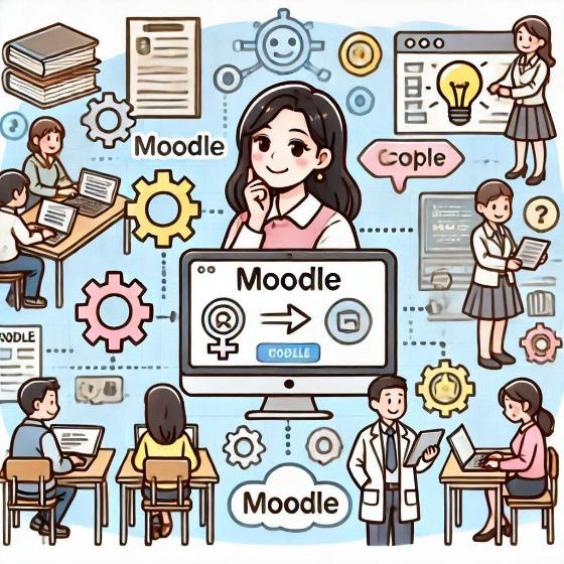What is Free Software. Advantages and Disadvantages
In the digital age we live in, software is a fundamental part of our daily lives. From the operating systems we use on our devices to the applications that allow us to perform specific tasks, software is essential for our productivity and entertainment. However, many of us do not know what free software is and how it can benefit us. In this article, we will explore what free software is, its advantages and disadvantages, and why it is an attractive option for many users.

What is Free Software?
Free software is a type of software that is distributed under a license that allows users to use, modify, and distribute the source code of the software for free. This means that anyone can download, install, and use the software without having to pay for it. Additionally, the source code of the software is available for anyone to modify and improve.
The concept of free software dates back to the 1980s, when Richard Stallman, a programmer and activist, created the Free Software Foundation (FSF). The mission of the FSF is to promote the use and development of free software, and ensure that users have the freedom to use and modify the software according to their needs.
Advantages of Free Software
Here are some of the most important advantages of free software:
- Free: Free software is free, which means that you don't have to pay for it. This is especially beneficial for people who cannot afford to buy commercial software.
- Customizable: Free software allows you to customize it according to your needs. You can modify the source code to add or remove features, which allows you to create software that fits your specific needs.
- Secure: Free software is more secure than commercial software because anyone can review the source code and detect errors or vulnerabilities. This means that errors can be fixed more quickly and that the software is less likely to be used for malicious purposes.
- Community: Free software has an active community of developers and users who work together to improve and maintain the software. This means that there are many resources available to help you solve problems and improve your experience with the software.
Disadvantages of Free Software
Although free software has many advantages, there are also some disadvantages that you should consider:
- Learning curve: Free software may have a steeper learning curve than commercial software. This is because free software often has a less intuitive user interface and requires more technical knowledge to use it.
- Compatibility: Free software may not be compatible with all operating systems or devices. This means that you should check the compatibility of the software before installing it.
- Technical support: Free software often does not have official technical support, which means that you should look for help in the user community or online forums.
- Limitations: Free software may have limitations in terms of features or functionality compared to commercial software.
In summary, free software is an attractive option for those looking for a free and customizable alternative to commercial software. Although it has some disadvantages, the advantages of free software make it a valuable option for many users. If you are considering using free software, it is important to research and evaluate the available options before making a decision.
Remember that free software is a constantly evolving community, and there are many resources available to help you get started. Don't hesitate to explore and discover the possibilities of free software!





